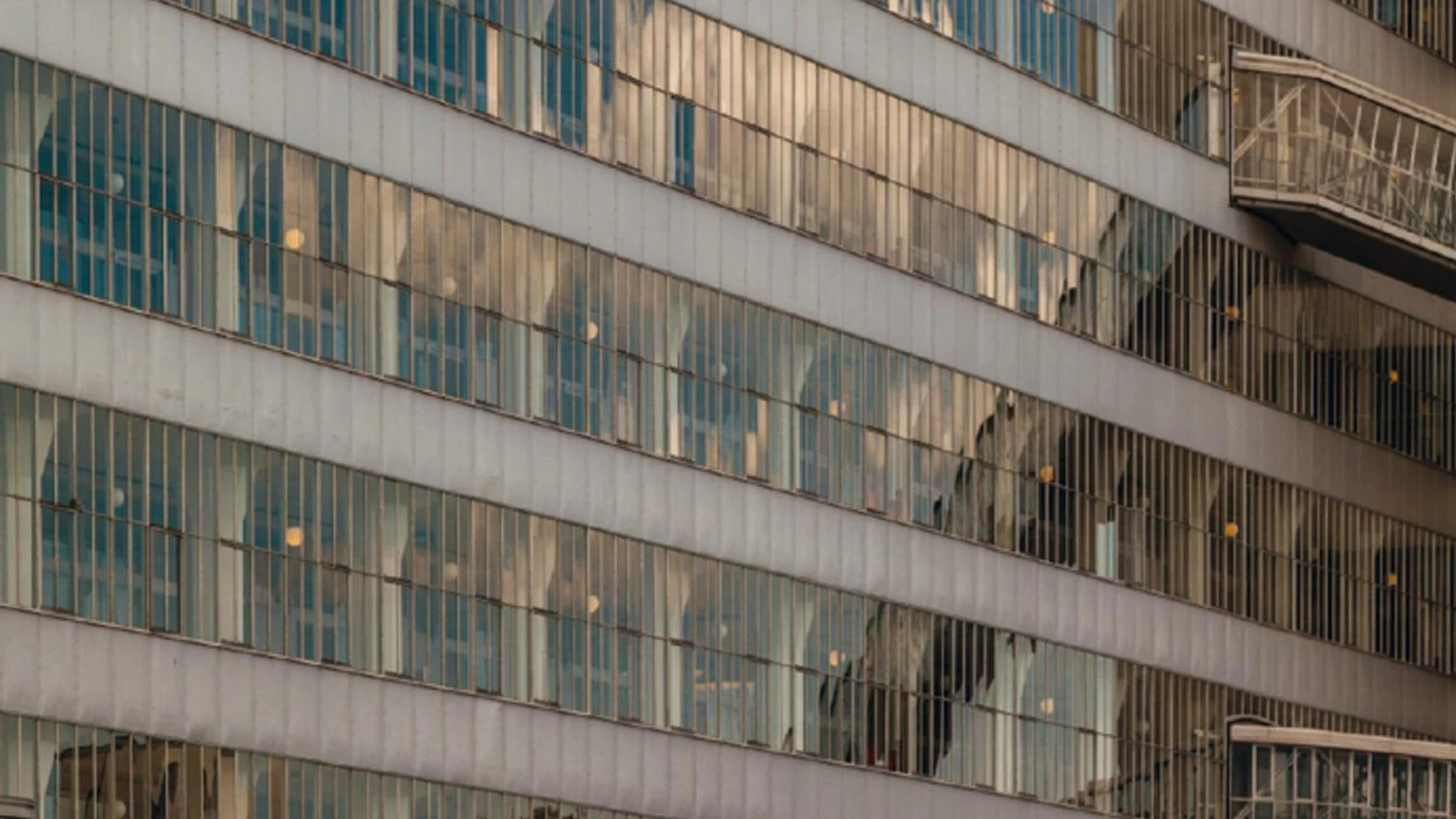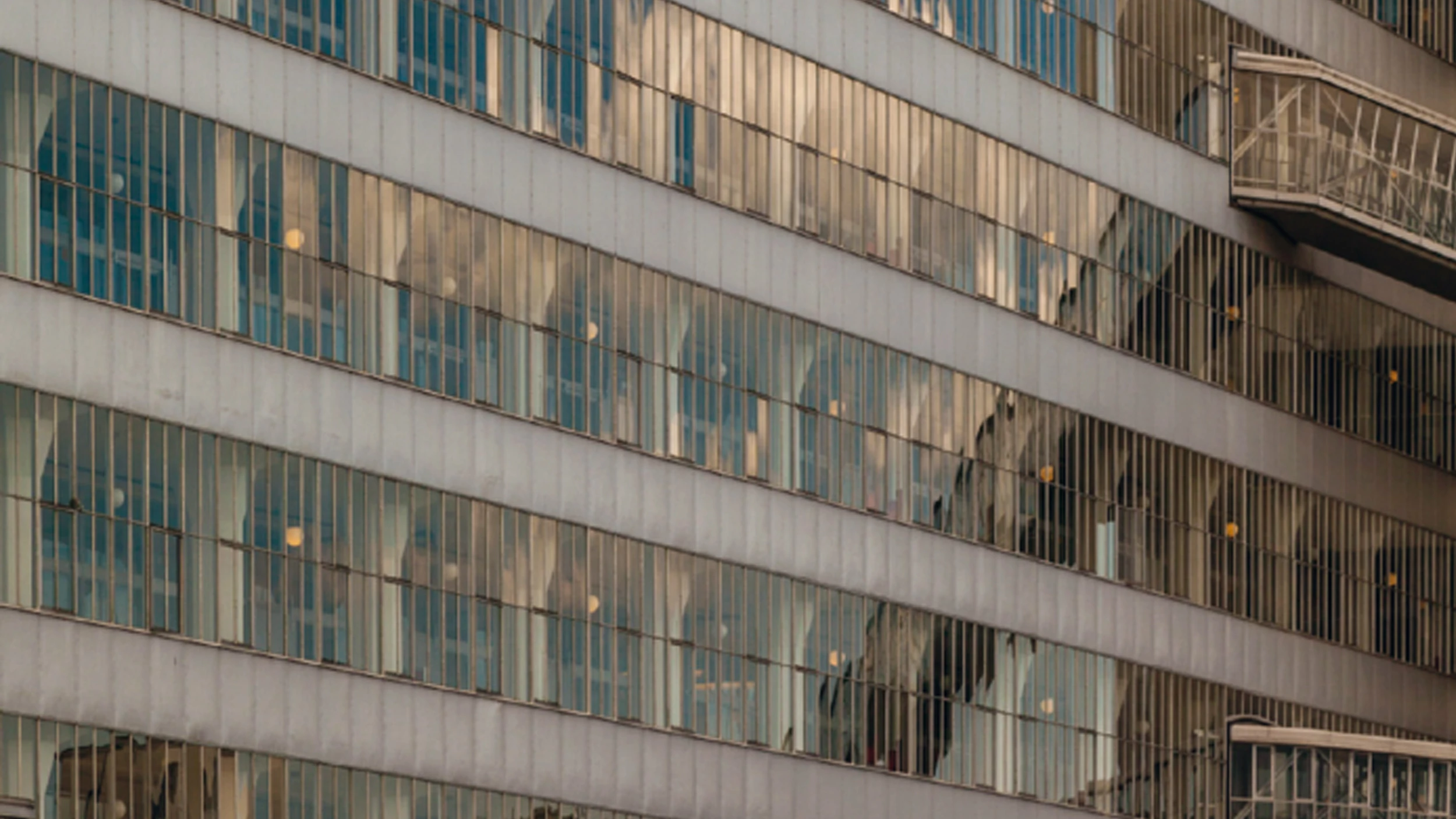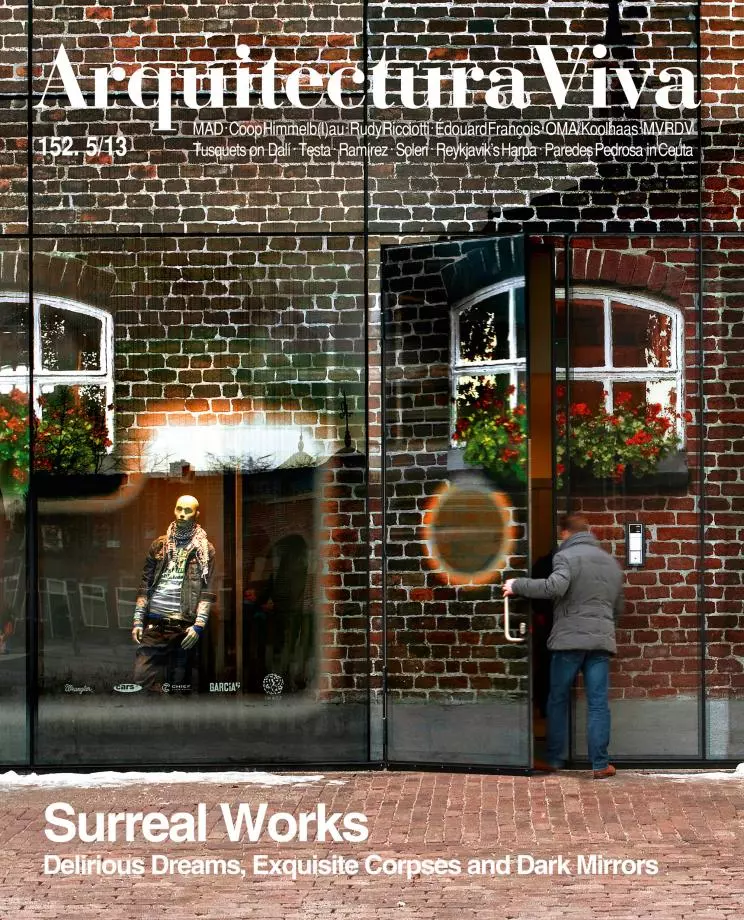
Radicality, optimism, and transformation are what the work of Jan Brinkman (1902-1949) and Leen Van der Vlugt (1894-1936) suggest. This is what histories of modern architecture tell us, and what we perceive when we visit the Van Nelle factory in Rotterdam. But it is the long silenced idea of continuity – in the construction of this port city and in the legacy of projects by successive teams – that is this study’s main contribution.
The books centers on Brinkman & Van der Vlugt’s contribution to the ideal modern city through works of all scales, from the telephone box (1932) that became part of Dutch urban landscape to the Bergpolder housing (1934) or the Feijenoord football stadium (1936). Without concealing Van der Vlugt’s creative preponderance in what was a “marriage of convenience”, the author also tells of the situation that Brinkman had to deal with in 1925, when forced by the Van Nelle consignors to tie up with Van der Vlugt , and in 1936, when Van der Vlugt’s sudden death led him to partner with Van der Broek.
Fruit of a study reinforced by the commissioning of Molenaar himself to build the Sonneveld House, Nai101 publishes this selection of works that combines original plans and period images from archives with recent photos, and includes the photomontage of the factory that Moholy-Nagy used to finish his Von Material zu Architektur (1929), choosing the building to illustrate the qualities of architecture of the future: openness, spatial interpenetration and primacy of collective values.







